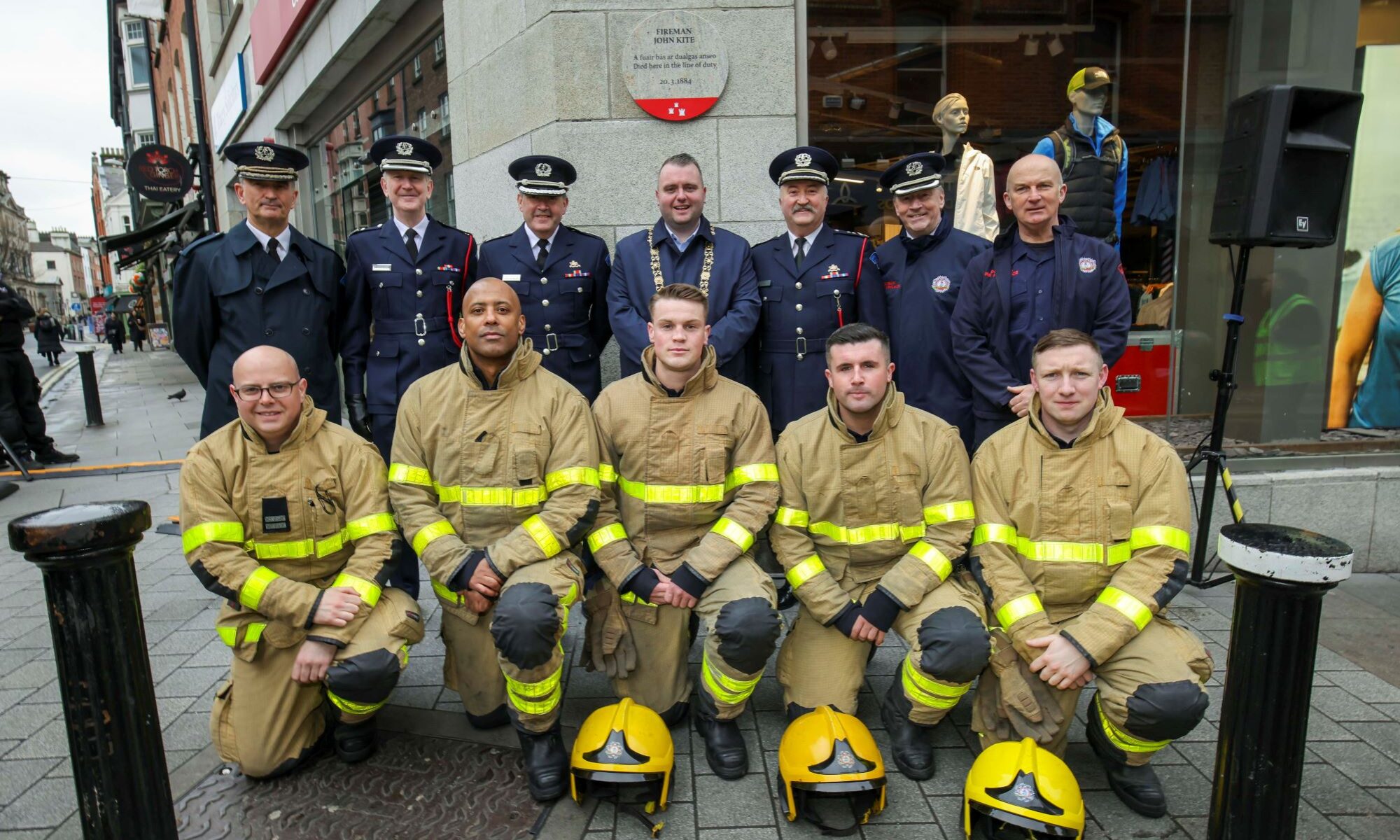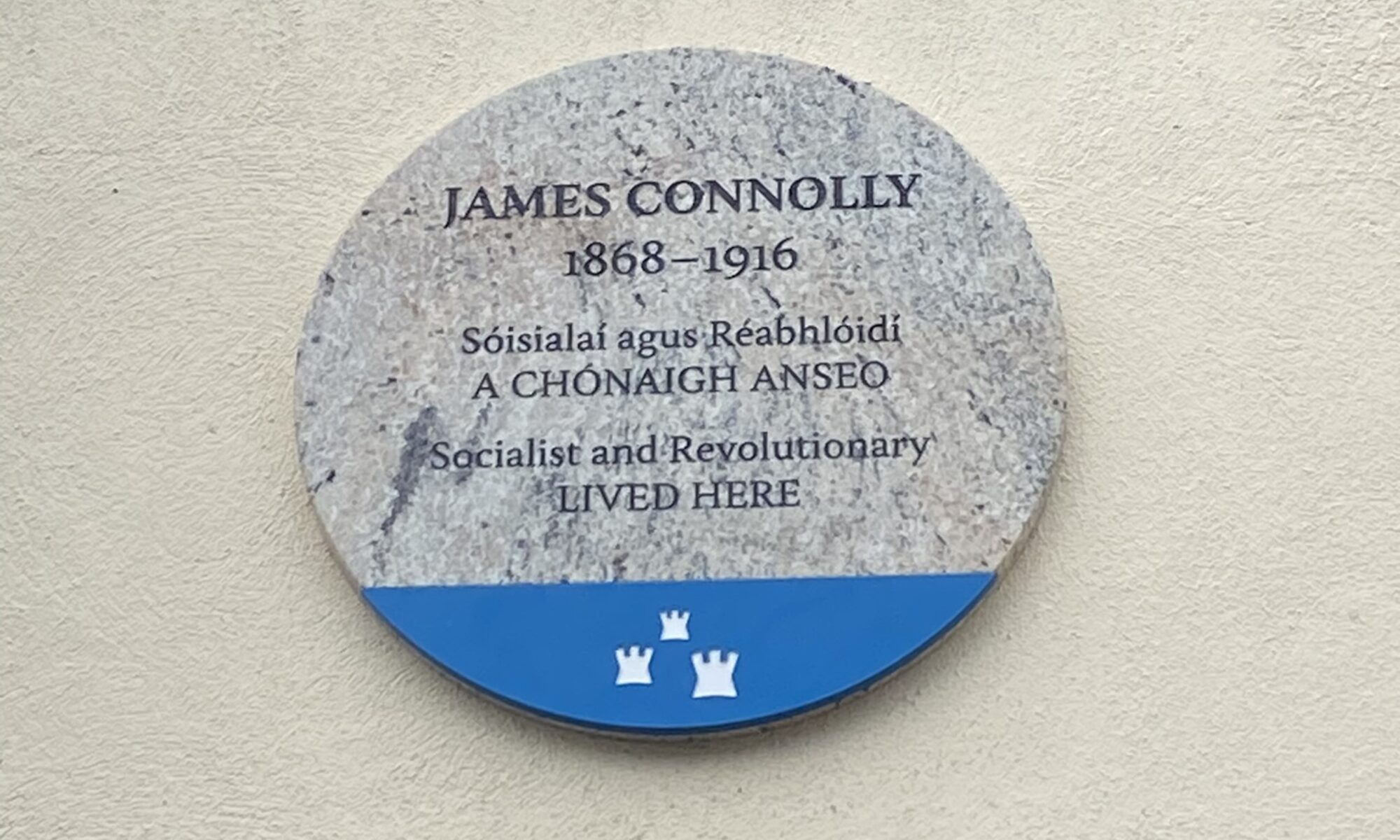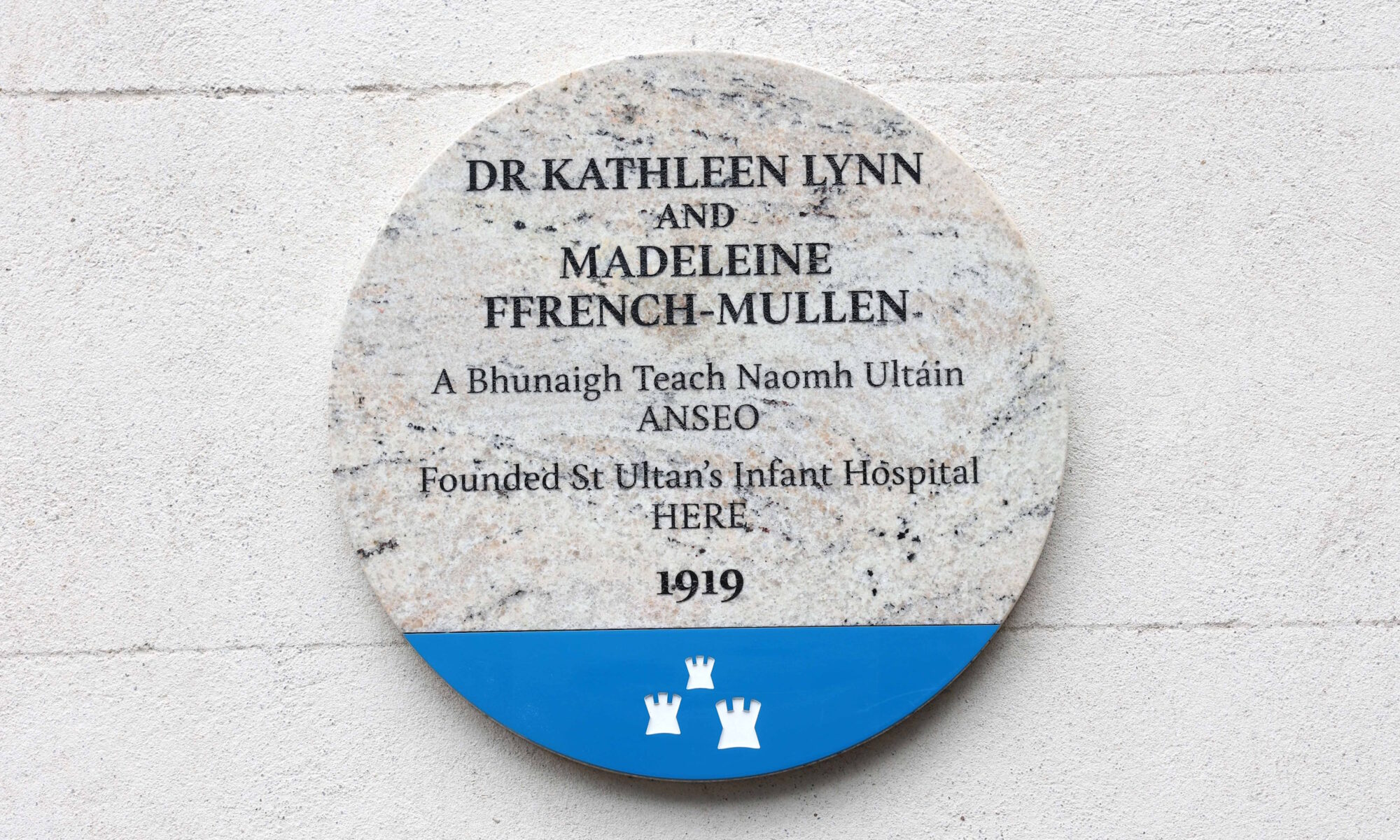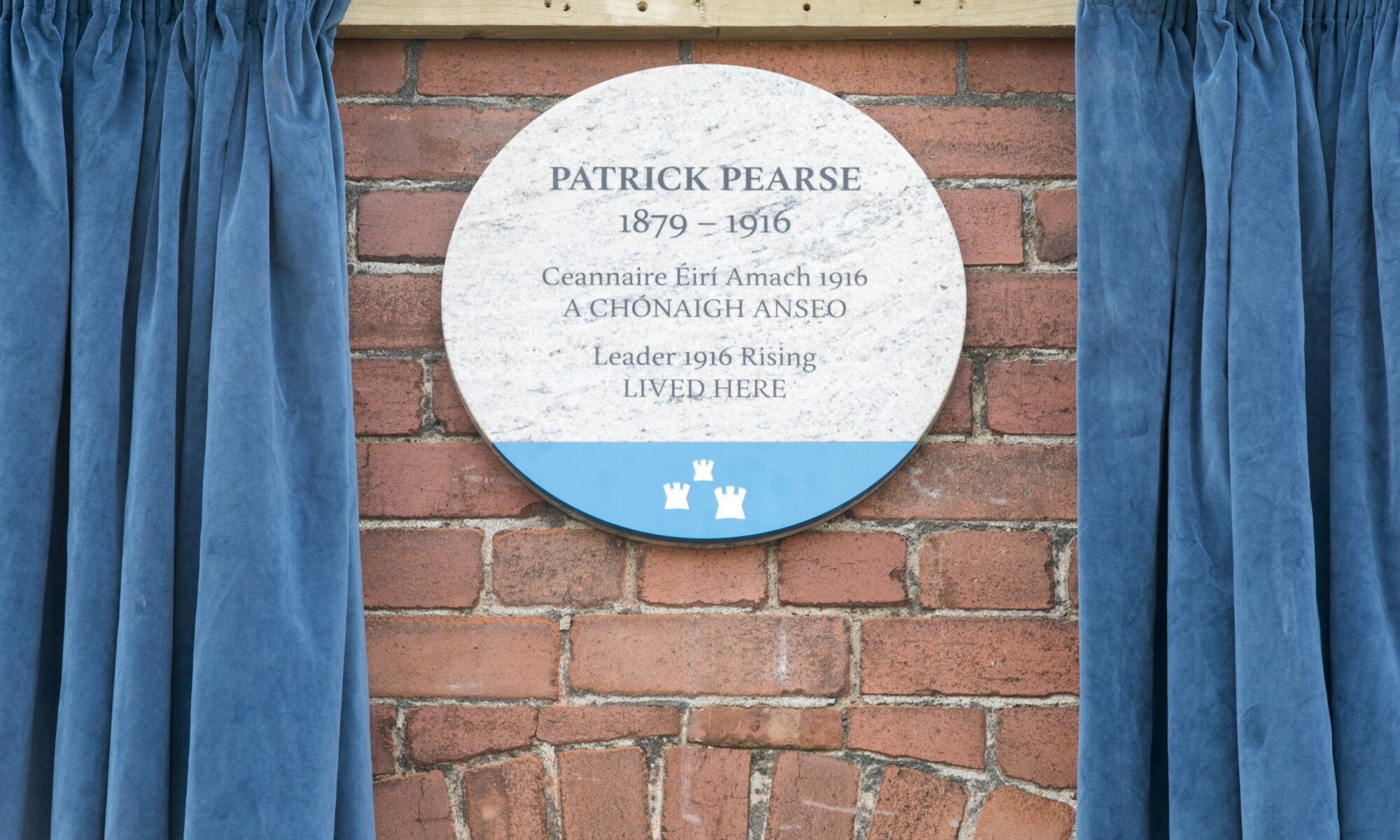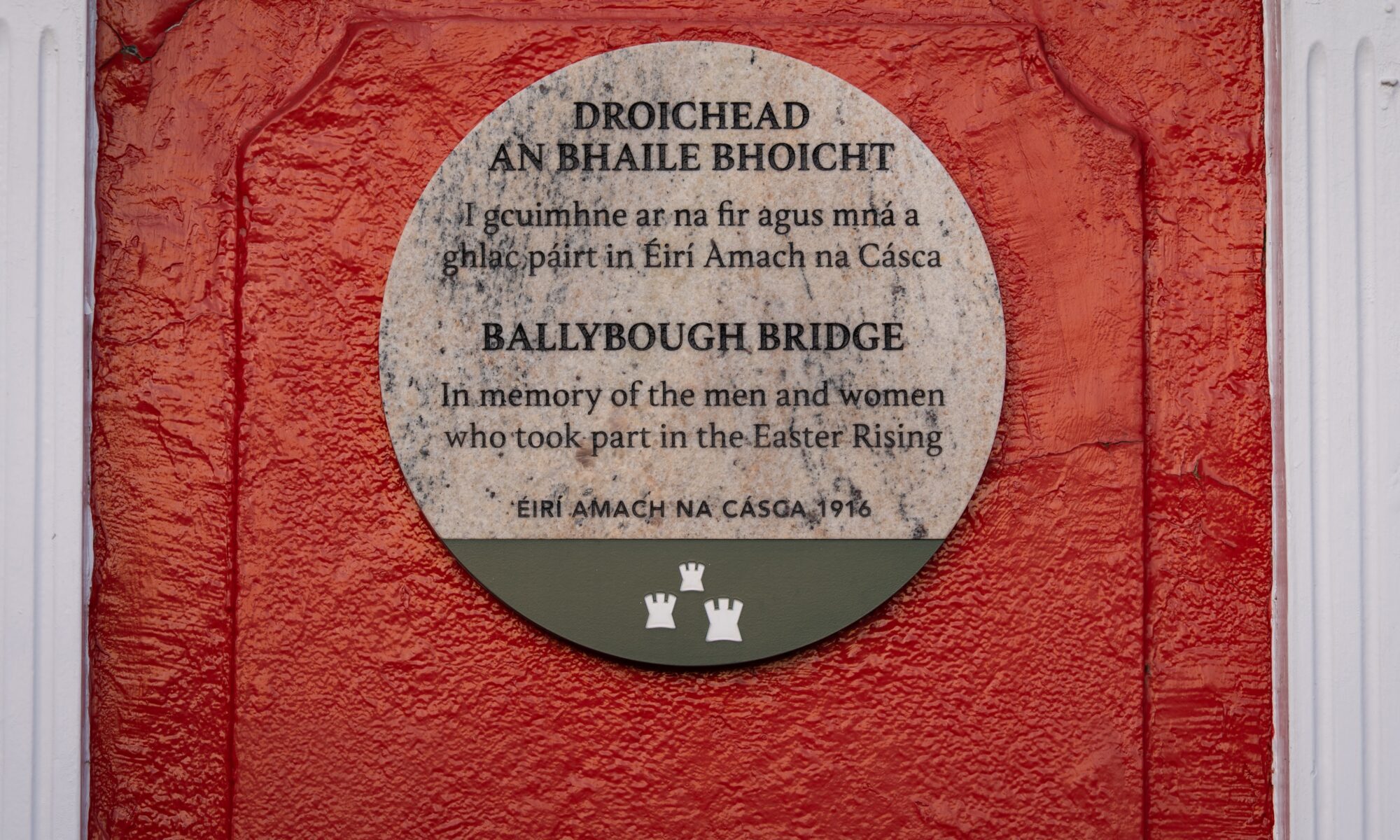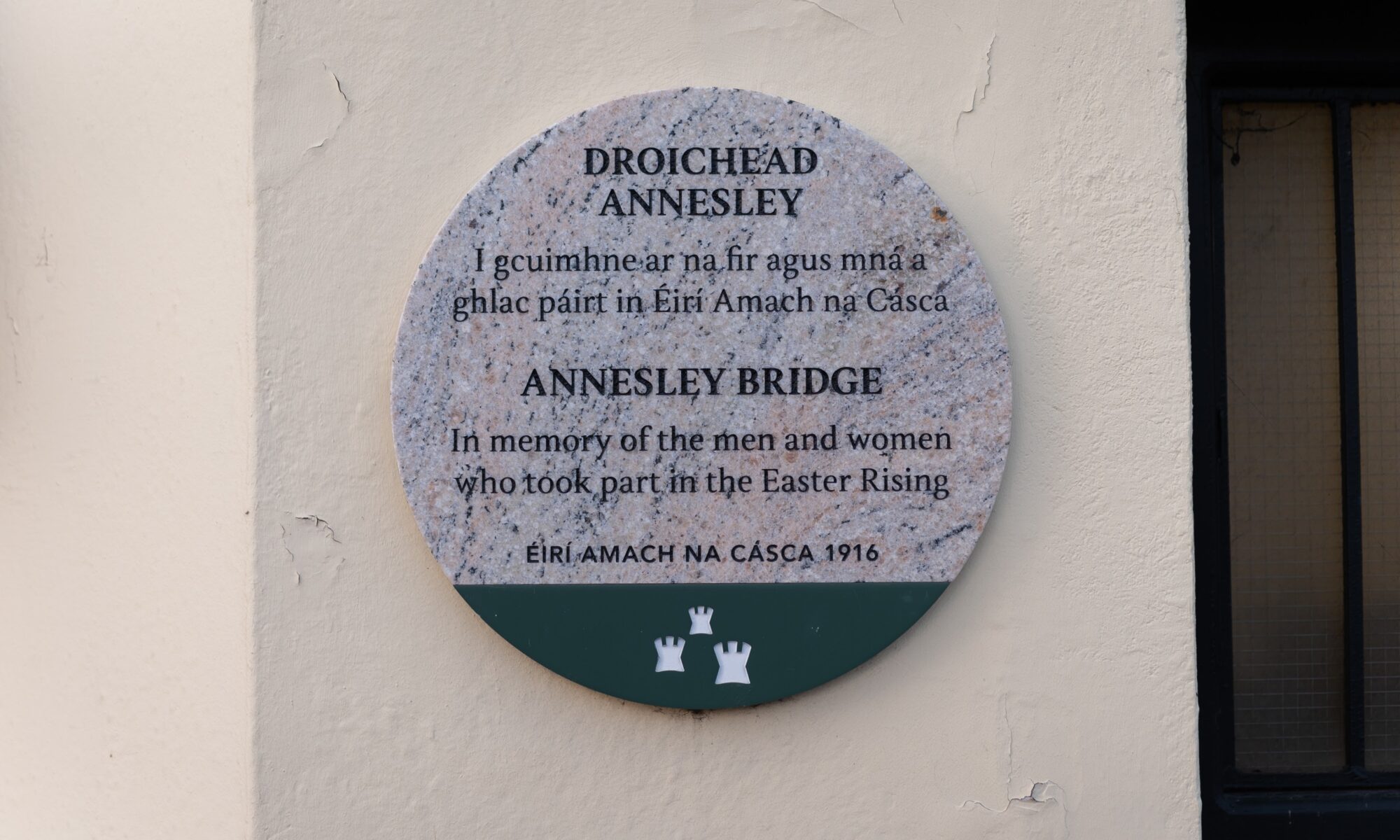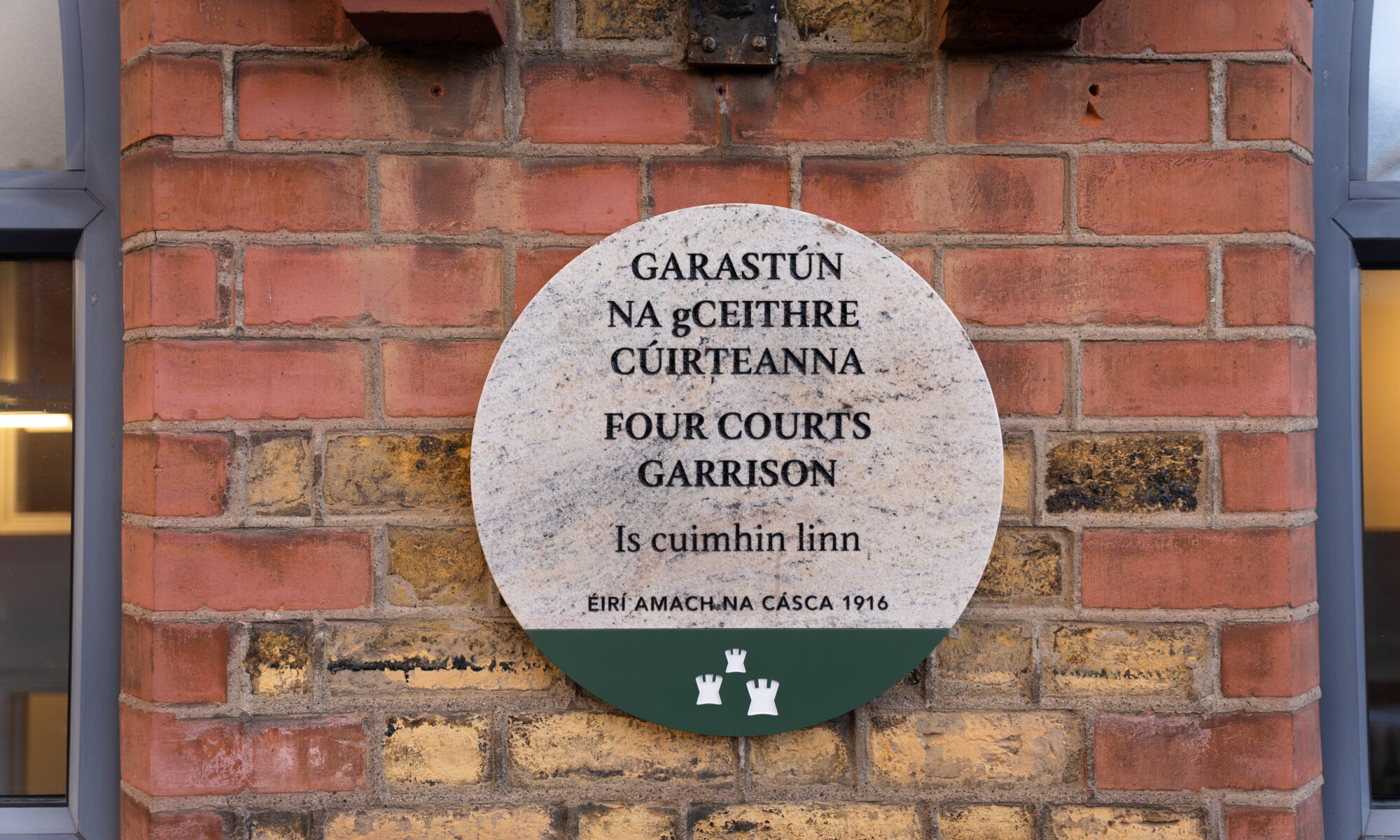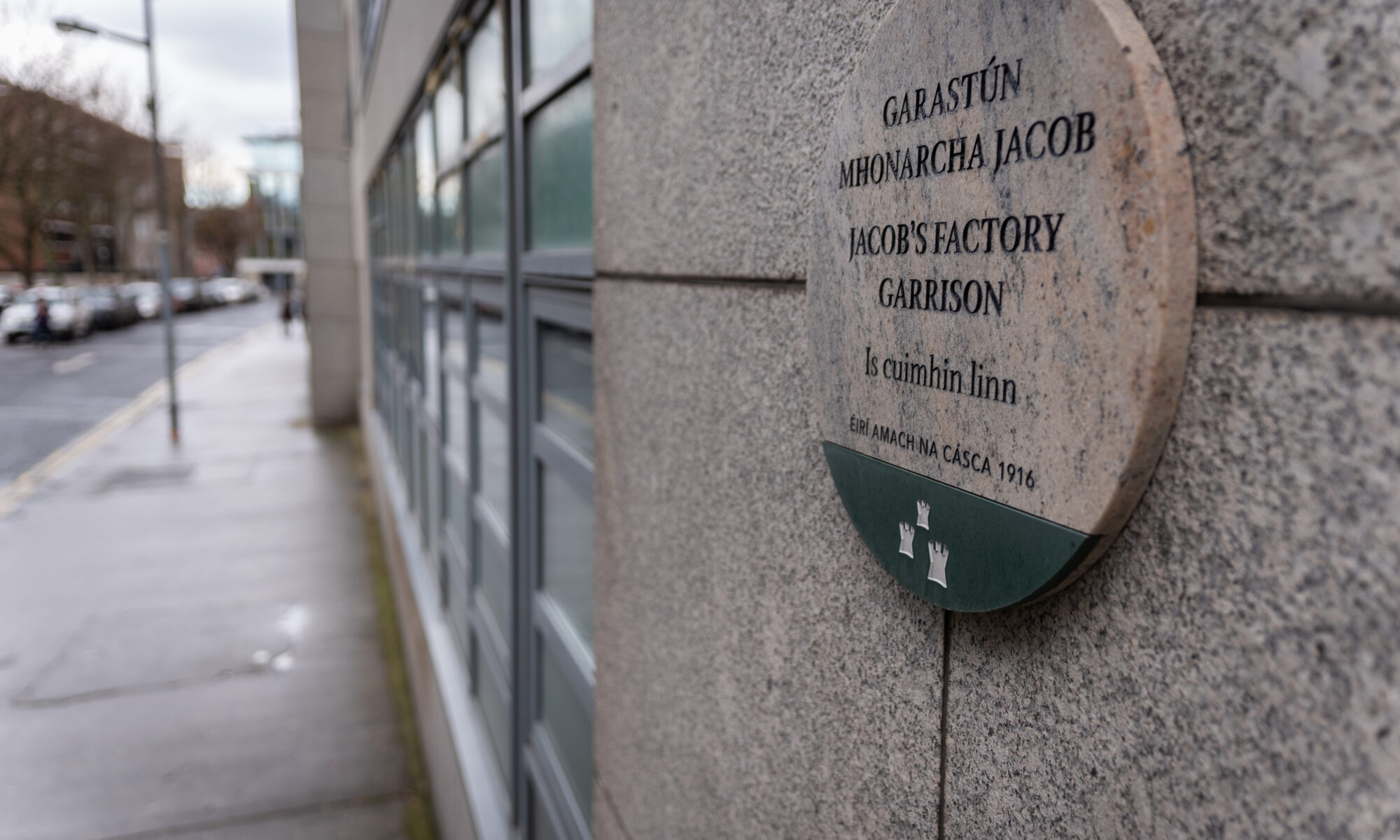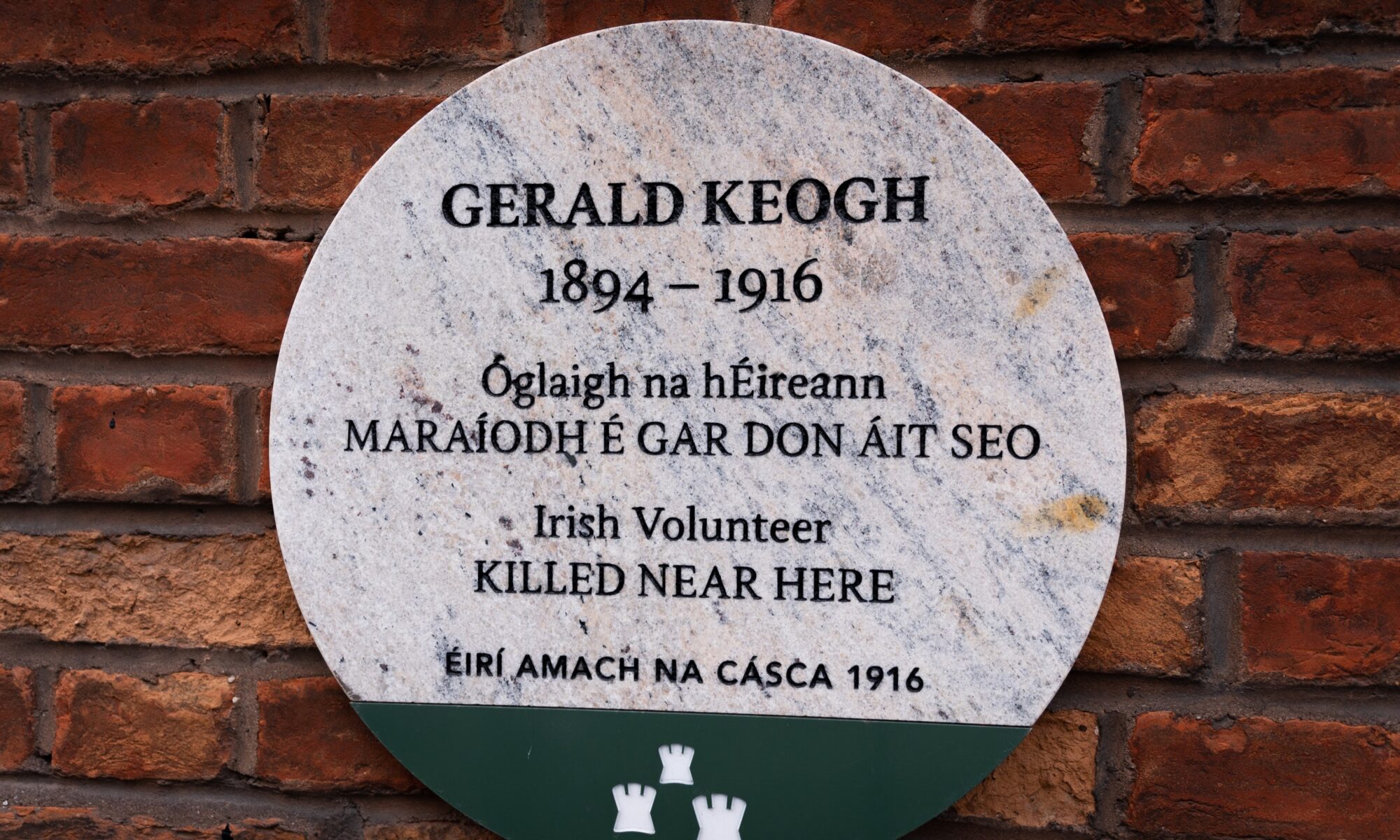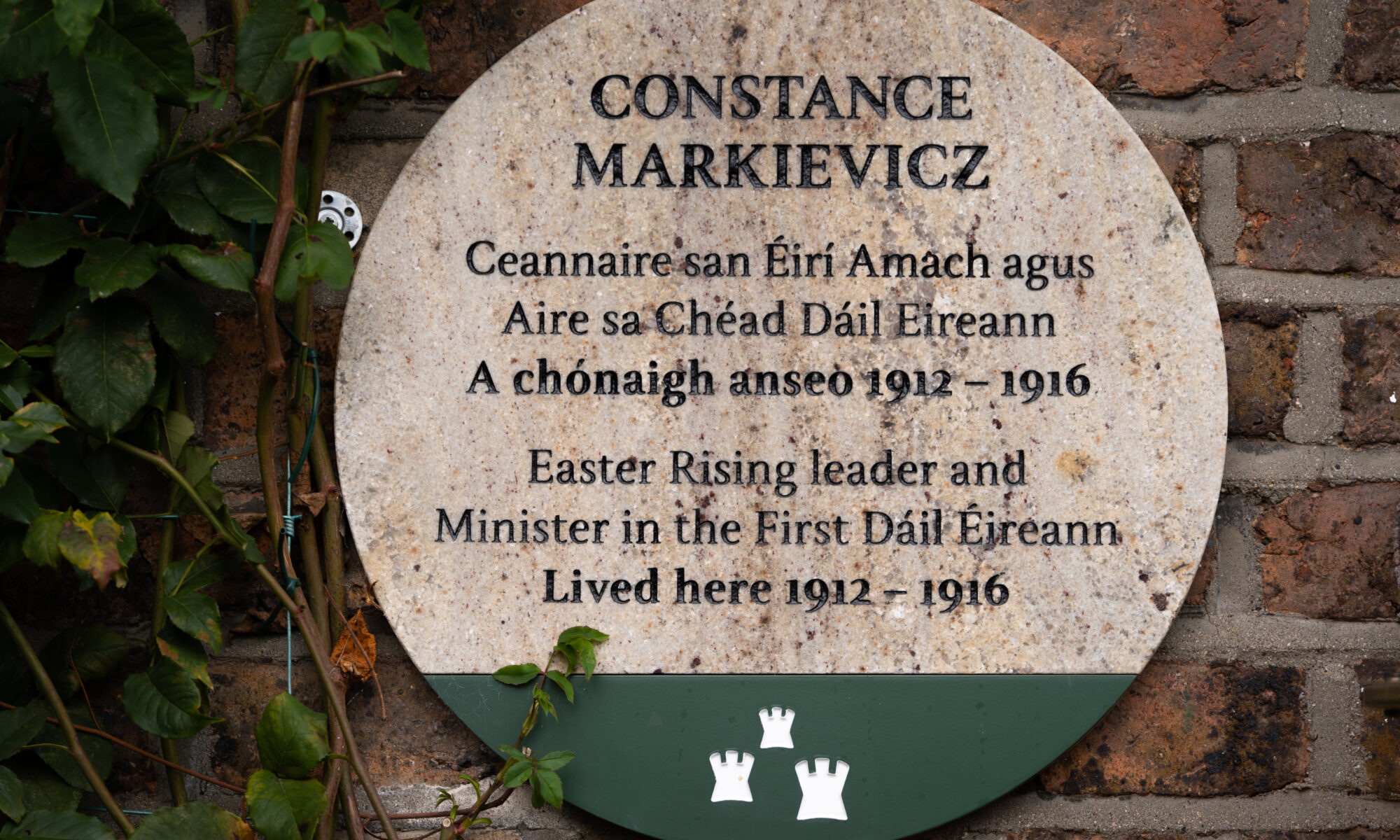This plaque commemorates the socialist and signatory of the 1916 Proclamation James Connolly.
Find this plaque on Google maps.
Born in Edinburgh in 1868, to Irish parents, Connolly became a key figure in the Irish trade union movement and socialist politics, particularly after his return to Dublin from the United States in 1910.
From December 1910 to May 1911, Connolly and his family lived at 70 South Lotts Road, Ringsend, Dublin 4. The house is one of only two surviving in which Connolly lived in the City.
Connolly then moved to Belfast as organiser for the Irish Transport and General Workers Union (ITGWU), where he saw at first hand the sectarianism that blighted Belfast and the North East generally.
In 1912, along with William O’Brien and Jim Larkin, and others on the Dublin Trades Council, Connolly was instrumental in getting the Irish Trades Union Congress to establish a political wing, giving birth to the Labour Party.
Connolly returned to Dublin from Belfast during the 1913 Lockout and following Larkin’s departure for America in 1914 he became acting General Secretary of the ITGWU and the leader of the Irish Citizens’ Army.
Following the Lockout, and against the background of the First World War, Connolly became increasingly militant and in 1915 threw in his lot with the IRB, who were planning an insurrection.
Joining forces with the Volunteers, Connolly was one of the signatories of the Proclamation and fought alongside Pearse in the GPO. Following the surrender, and badly wounded and unable to stand, he was executed at Kilmainham by firing squad, while sitting on a wooden box.
The plaque was proposed by historian Dr Conor McCabe, Queen’s University Belfast, and unveiled by Lord Mayor Daithí de Róiste on 31 July 2023.
